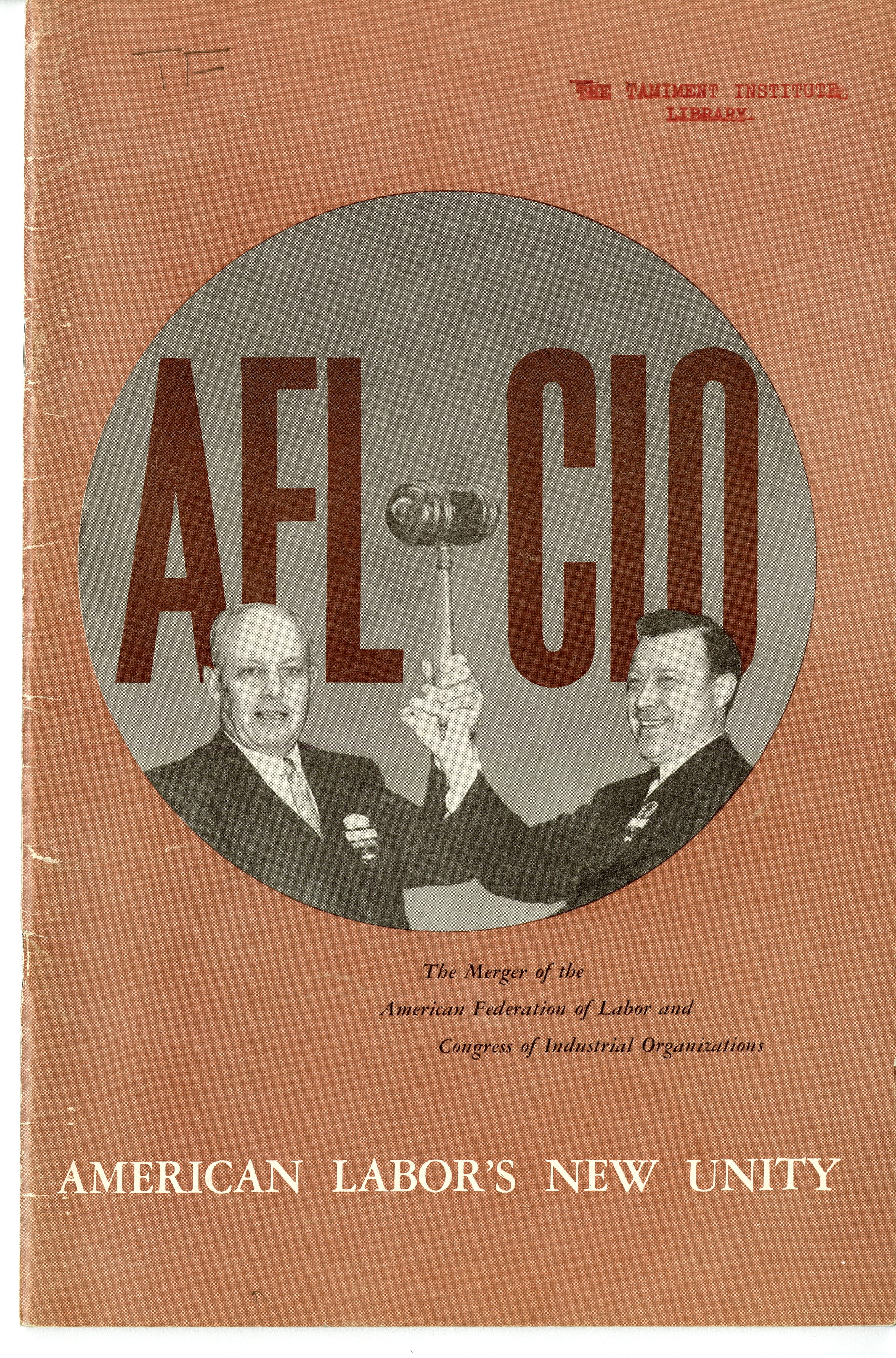The American Federation of Labor (AFL) and Congress of Industrial Organizations (CIO) are two fundamental organizations as seen in the context of New York City labor history. The CIO originally split from the AFL because it favored industrial unions over craft unions. After years of rivalry, the two organizations merged in 1955.
The Congress of Industrial Organizations (CIO) originally split from the American Federation of Labor (AFL) because it favored industrial unions over craft unions. After years of rivalry, the two organizations merged in 1955.
Tensions between the AFL and the CIO intensified prior to 1955. In 1954, the organizations discovered that their rivalry created a standstill in union membership for both the AFL and the CIO. Members raids were frequented on both sides and new labor projects were left behind. Neither union had their membership increase due to the raids, resulting in a No-Raid pact between the AFL and the CIO in the same year.
The rivalry between the AFL and the CIO dissolved because of gradual reunification efforts and changes in leadership prior to the 1955 merger. Members of both organizations eventually became more open and accepting to the other’s unionizing style. Shifting attitudes eventually led the AFL to change its opposition to industrial unionism. The merger brought together an existing 10 million members of the AFL and 4.5 million of the CIO.
The AFL-CIO is a backbone of the labor movement in New York City. The two organizations’ relationship is one example of the complex history of unions and labor movements. Readers are invited to consider how the effects of the AFL and CIO’s movements can be seen in unions today. What conditions are still in effect today? What issues are unions still protesting for or against?





